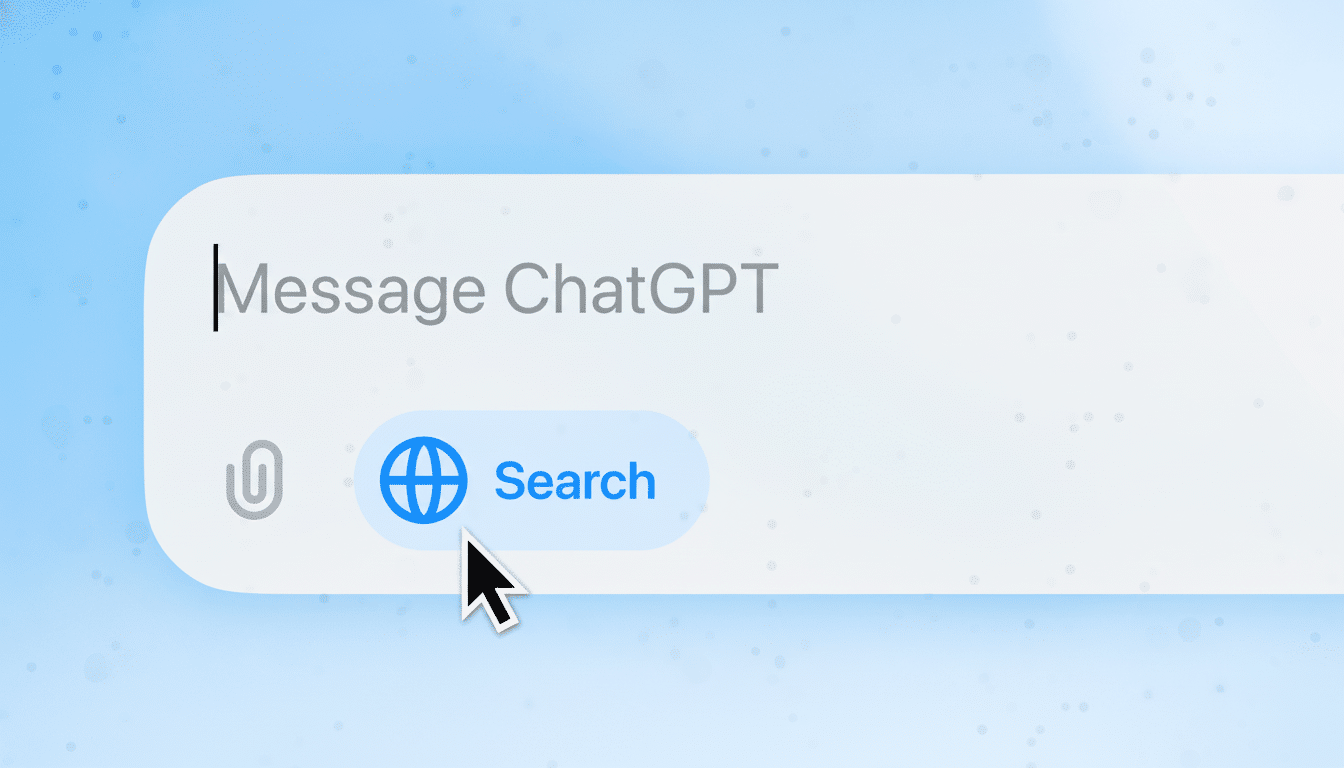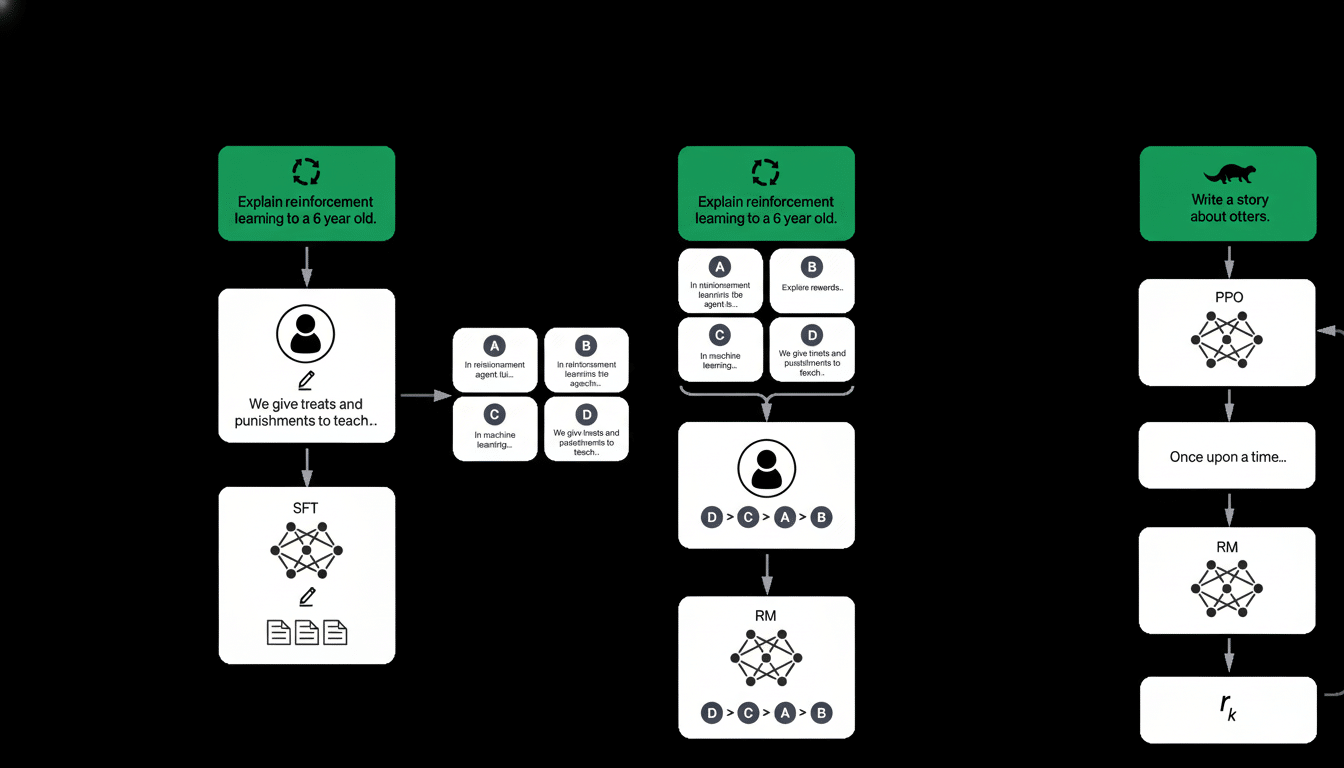ChatGPT can now pull up popular web services like Spotify and Zillow directly within the conversation, making the chat window a center of action rather than a gateway to discrete apps. OpenAI is explicitly framing this: it’s not an app store, but a way to install interactive services where people already ask for help.
What Changes in the Chat Experience With New Services
Users are able to drop natural language services without installing plugins or leaving the page, and receive interactive elements inline. Imagine: playable Spotify playlists, tappable maps, or property cards from Zillow drawn into chat with controls you can operate directly.
- What Changes in the Chat Experience With New Services
- Not an App Store by Design, but a Contextual Layer for Services
- Who Gets It and Which Services Work at Launch
- Scale and Trust Will Define Service Discovery in Chat
- A New On-Ramp for Developers With an Apps SDK
- Why This Feels Different From Past Chat Integrations

The assistant can also suggest a service when it detects intent, says OpenAI. “Two-bedroom under $3,000 near transit,” and it will mention Zillow, pull in relevant listings, and allow you to refine results without ever leaving the page — no tool switching or new-tab sprawl required.
Not an App Store by Design, but a Contextual Layer for Services
There’s no app store to browse, no install counts or star ratings, and no sense of “owning” an app. Services are summoned contextually, and the model determines when and how to summon them. OpenAI frames this as bringing ChatGPT a little closer to an operating system–like layer for services, not a marketplace.
That distinction matters. App stores gate discovery, take a revenue share, and dictate UI norms. Here, keep your brand experience within chat while offloading sensitive tasks to your own apps as needed. For example, Uber Eats says ChatGPT could understand a food order and verify whether there are any address issues (like typos or no service), exposing nearby options and then transitioning it to the Uber Eats app for checkout without taking on too much risk while delivering maximum convenience.
Who Gets It and Which Services Work at Launch
OpenAI is rolling this out to logged-in users who are not in the European Union, including those on the free tier. Early partners include travel, design, education, and productivity overlords: Booking.com, Canva, Coursera, Figma, Expedia (for a time), Spotify, and Zillow are part of the first wave.
More services are waiting in the wings, including Target, DoorDash, Instacart, and Uber (with which you can also order food on Uber Eats). The pitch is both breadth and immediacy: book a stay, sketch out a presentation, sign up for a class, or line up dinner — all from within the same thread.
Scale and Trust Will Define Service Discovery in Chat
OpenAI says ChatGPT is now used by over 800 million weekly active users, a scale that makes the assistant an on-ramp to the web for many. With that kind of reach, there is a lot riding on its recommendations. The company’s leaders have stressed a cautious approach to pushing services, valuing dependability over aggressive advertising that could chip away at users’ confidence.

It’s also a trial balloon for reputational economics: if the model suggests a service that lets people down, it’s not an intangible “store” they’ll blame but the assistant. You should expect conservative defaults and tighter curation as the ecosystem matures.
A New On-Ramp for Developers With an Apps SDK
There is a new apps SDK in preview, allowing developers to develop chat-native interfaces and actions the model can trigger. Early partners like Canva, Coursera, and Figma are leaning into fast, structured jobs — generate a draft of a design, outline one lesson plan, or spin up one wireframe — where conversational context brings value.
Adoption is also about privacy and compliance. The chat-first service relies on explicit permissions, clear data boundaries, and predictable handoffs for payments or explicit consent about personal information. The EU’s exclusion from launch offers a reminder of how various regulatory environments can influence AI-integrated service plans.
Why This Feels Different From Past Chat Integrations
Messaging “mini programs” have flourished in ecosystems like WeChat and Slack, but ChatGPT applies an intent engine: users describe what they want to achieve, and the assistant constructs a toolset to enable that outcome. That action pattern whittles away context shifting and saps the mental effort of choosing an app before we explain what it is we want done.
The benefits are also practical for daily life. Ask ChatGPT to make a road-trip playlist, estimate the price of a week in Lisbon, create a flyer, or search for dog-friendly apartments near a park, and you’ll receive interactive panels from Spotify, Booking.com, Canva, and Zillow — in one thread. That’s a bet that the next platform shift isn’t another store — it’s a smart interface that sends you where you need to go at the moment you need it.
The bottom line: ChatGPT’s new integrations make the assistant seem less like a standalone app and more like an organizing layer for your existing services. If OpenAI can somehow sustain that balance of discovery, safety, and partner quality at scale, users would enjoy the benefits of an ecosystem without many of the pitfalls of an app store.

